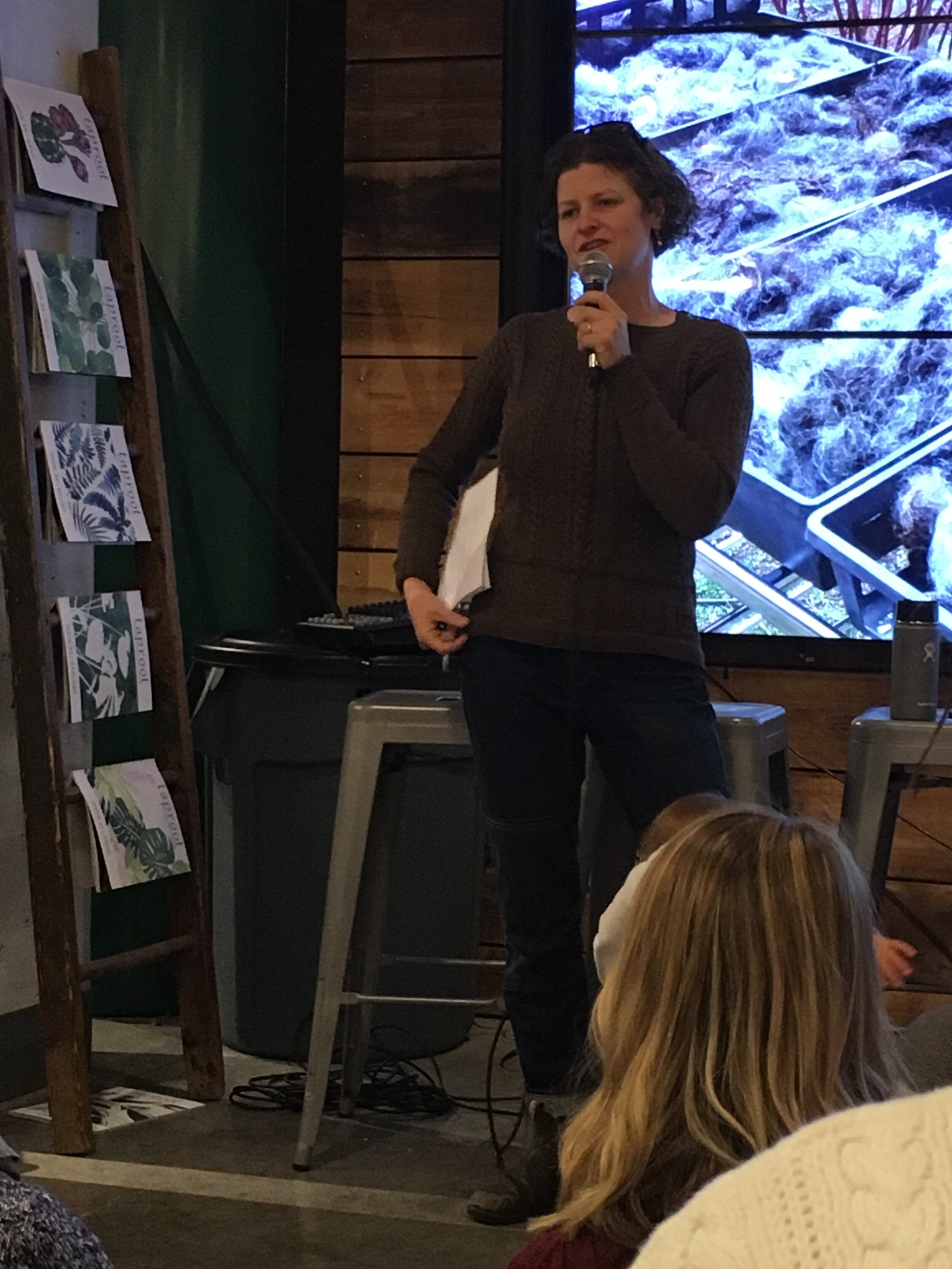(* Actually, I finished it a month and a bit ago, but as usual I am late to the blogging)
I am a little embarrassed to admit that this is the first sweater I’ve knit him. Somehow I pictured having a child as an endless excuse to knit little sweaters, and yet somehow that didn’t happen…
I have made up for it with the gansey, red as per the boy’s request, with some very charming bee buttons from Katrinkles that I snapped up years ago when we were vending at the same event. I always meant to use yellow and black threads when I sewed them on to make them proper bees, but when it came time to sew them on I grabbed what I had. I rather like them with the dark blue, even if it makes them a little less bee-like.
i always thought the phenomenon of parents and kids dressing alike was some sort of imposed weird ego thing on the part of the parents, but it turns out the boy really wanted a gansey that looked like his dad’s and he loves that they have the same buttons.
The kid regularly sleeps in his gansey, and thankfully we are having a very delayed summer so he can play in it a little longer. Although between the boy’s desire to wear it no matter what, and the German tendency towards overdressing small children, it’s possible it will get worn over swimwear.
Actually I wrote that as a bit of hyperbole, but the gansey over swimwear thing would probably extend the swimming season nicely. Wet ganseys are basically the knitwear equivalent of a wet-suit after all.
Gansey, with the very functional armpit gusset.
The wonderful green pants he is wearing are called Matschhosen (mud pants). All children here wear Matschhosen over their normal clothes when they play outside in all but the warmest, sunniest weather. The coated vinyl is perfect playground armor, impervious to mud, sand, rain, sticks, and it makes kids slide down the slides really fast. And it keeps the pants worn underneath clean and tear-free. The coated vinyl is basically a lighter weight version of the pants worn by fisherpeople, lobsteringfolks, and tall-ship sailors, which to my eye makes a playground full of German kids look a bit like a bunch of very short, under-aged water-front workers getting up to no good.
(Also, apologies for the disjointed nature of this post. I really wanted to post gansey pictures, but this morning has been full of the pitter patter stomp of a very excited toddler/kid, running in to show me things/tell me things/ask me questions, despite the best efforts of his dad to let me have an hour to myself.)






















